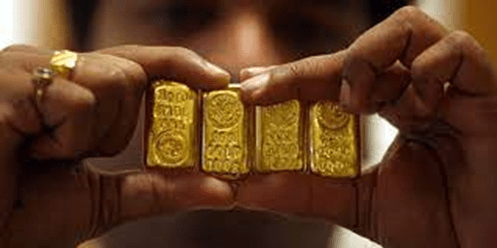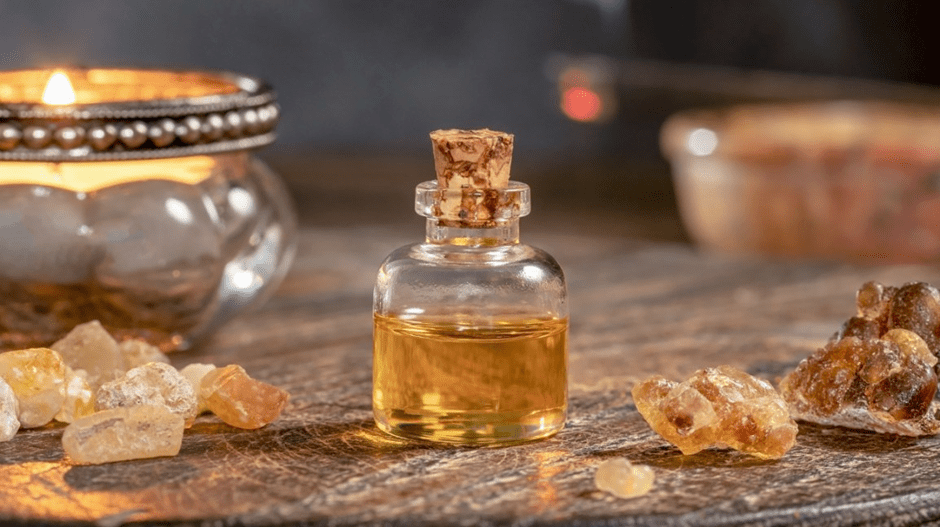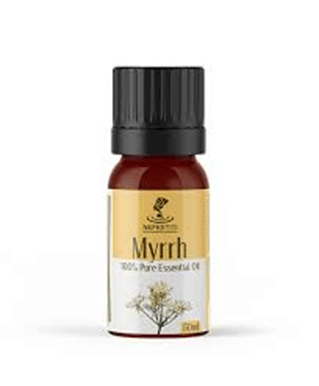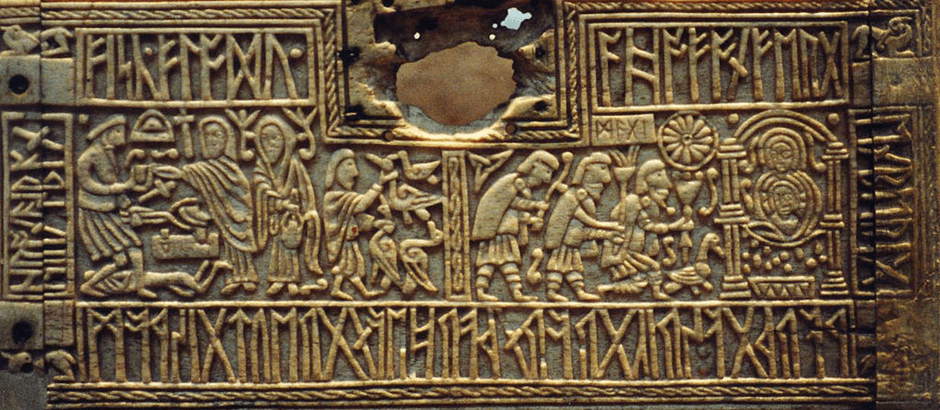A multitude of camels shall cover you. They shall bring gold and frankincense, and proclaim the praise of the Lord – Isaiah 60:6

Elsewhere on this site you can find reflections on the culture of Christmas cards, on traditional yuletide symbols and on the language of the very first Christmas. I realised this year that I had never considered perhaps the best known symbols of all: the gifts presented to the Christ Child in an act of adoration by the ‘three kings’ of Orient. The earliest known depiction of the Magi, in their ‘traverse afar’, is found in the Catacomb of Priscilla in Rome, a wall painting dating from the middle of the third century CE. The sole biblical account of their arrival, in Matthew’s Gospel, describes an event at an unspecified point after Christ’s birth in which a number of unnamed μάγοι, mágoi – wise men – from the East visit the baby Jesus in a place described not as a stable but as an οἰκίαν, oikian – house. The gifts they brought are specified as chrysós (χρυσός), líbanos (λίβανος)* and smýrna (σμύρνα)**. In English these are rendered as…

GOLD – a familiar symbol of earthly wealth and kingship, the word itself in English is a descendant of Proto-Germanic *gulthan gold, from the Proto-IndoEuropean root *ghel- to shine.

FRANKINCENSE – an aromatic gum resin burned as a perfumed offering in ceremony and ritual and mentioned in the Old Testament, also used in the form of an essential oil. Associated with Christ it probably evokes a priestly function and/or the worship of a deity, hence the divinity of the receiver. Our word is from Old French franc encens, literally noble or high-quality incense.

MYRRH – the rare and costly substance, obtained from an evergreen bush, was used for medicinal purposes but also for anointing the dead and in embalming, so perhaps references death, interment and the afterlife. An early modern spelling from Old English myrre, from Latin myrrha, from Greek myrrha, from a Semitic source such as Akkadian murru, Hebrew mor, Aramaic mureera and Arabic murr, from a root meaning bitter.

Three caskets they bore on their saddle-bows,
Three caskets of gold with golden keys;
Their robes were of crimson silk with rows
Of bells and pomegranates and furbelows,
Their turbans like blossoming almond-trees
– Longfellow
* Líbanos was also the ancient name for Lebanon, from a word meaning white. The connection with the perfumed commodity is that the spice trade from the orient passed at one time via the Horn of Africa and the Arabian Peninsula, where frankincense was cultivated, across the Lebanese mountains en route to Europe.
**Smyrna, also known as Myrrha, was an Amazon and the mother of the god Adonis in Greek mythology. In a legend which probably originated in Cyprus she was transformed into a myrrh tree after seducing her own father (the hero Cinyras who was king of Cyprus and Byblos) and giving birth to Adonis in tree form. The resin she exuded was said to be her tears. Present day Izmir on the coast of Turkish Anatolia was for centuries known as Smyrna, after the mythical mother or after the spice.
Two days after this post appeared, the aptly named Dr Eoin Lettice of University College Cork wrote about those same precious commodities for The Conversation. His article is here: